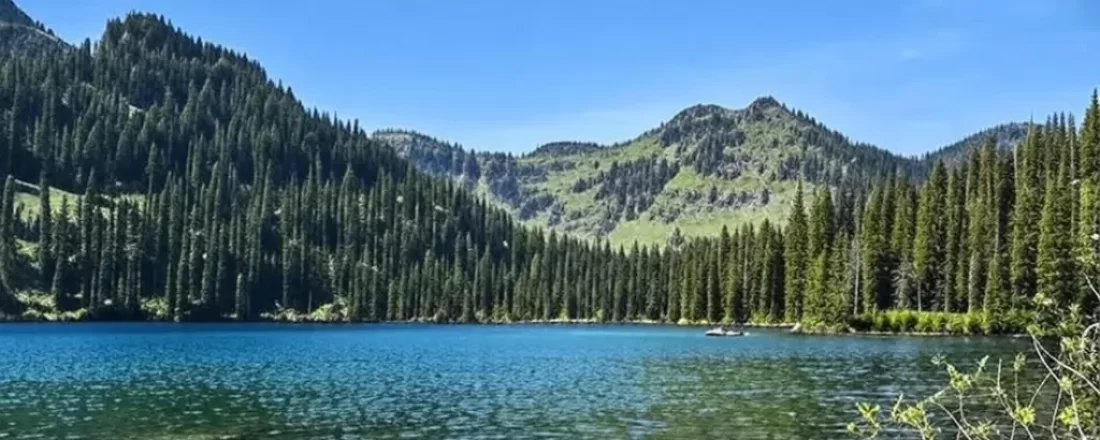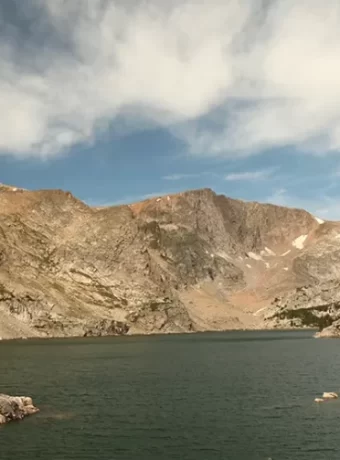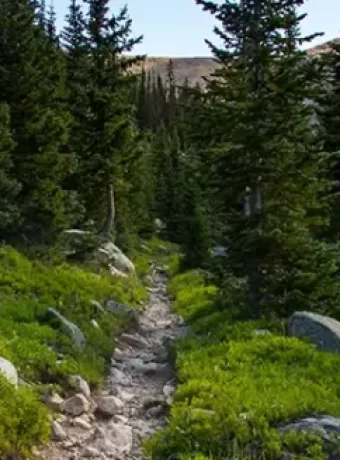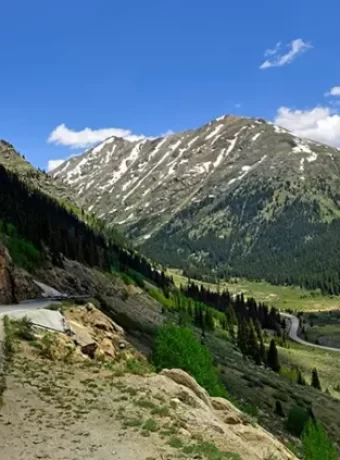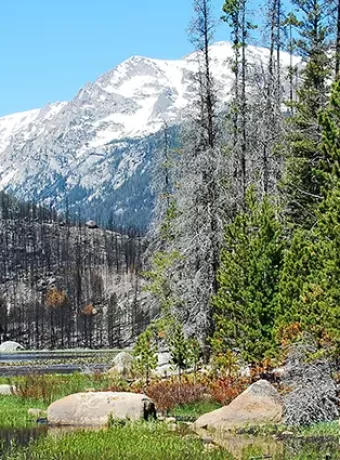Exploring Mission Mountains Wilderness: Trails, Tips & Tales
Ever dream of mountains so rugged they pierce the sky? Or maybe crystal-clear alpine lakes tucked away from everything? If that sounds like your kind of adventure, let me tell you about the Mission Mountains Wilderness in northwestern Montana.
It’s a truly special place, spanning nearly 74,000 acres within the Flathead National Forest. Think jagged, snowcapped peaks, deep glacial valleys, and more than 50 sparkling alpine lakes. This isn’t just any wilderness area; it’s a landscape shaped by time and respected for generations, standing as a gem among wilderness areas in the northern region.
What makes the Mission Mountains Wilderness experience even richer is its deep cultural history. It holds profound meaning for the Salish, Pend d’Oreille, and Kootenai tribes who have called this land home for thousands of years. You’ll learn how this connection continues today through unique co-management between the Tribes and the Forest Service, particularly concerning tribal lands.
We’ll explore some amazing hiking trails, from easy day hikes to tough climbs, and pinpoint spots where the fly fishing is simply incredible. This mountain wilderness area invites exploration and respect. Ready to get acquainted with this Montana gem?
Table of Contents
The Story of the Mission Mountains Wilderness
The history here isn’t just about dates and events; it’s about the deep connection between people and this rugged land. For countless generations, these mountains have been essential to the lives of the Salish, Pend d’Oreille, and Kootenai people, part of the Confederated Salish and Kootenai Tribes (CSKT). They hunted elk and deer, fished the clear streams, and gathered vital plants for food and medicine, carefully managing the natural resources.
These mountains weren’t just a pantry; they were, and still are, deeply spiritual places within the Flathead Indian Reservation boundaries. Imagine quiet, isolated valleys used for vision quests, a way to seek spiritual guidance. It’s a place where the physical world feels very close to the spiritual one, a feeling respected by Tribal members today within this part of the mission mountain range.
Things changed when European settlers arrived. The St. Ignatius Jesuit Mission was established down in the valley in 1854, bringing new influences and eventually lending its name to the mountain range. But even with these changes, the Tribes maintained their bond with the mountains, adapting while holding onto traditions vital to their identity.
This enduring connection led to something quite remarkable, a landmark decision for tribal sovereignty and conservation. In 1979, the Confederated Salish and Kootenai Tribes designated the western slopes as the Mission Mountains Tribal Wilderness, often referred to as the mountains tribal wilderness. This was the very first designated wilderness area established by a tribe in the United States, focused on protecting cultural heritage alongside nature within the tribal lands.
Meanwhile, interest in protecting the eastern slopes, managed by the Flathead National Forest, grew steadily over decades. After being named a Primitive Area earlier, this part officially became the Mission Mountains Wilderness in 1975 through the Wilderness Act. This federal act helps keep the area wild by restricting activities like motorized use, road building, and commercial enterprises like timber sales, preserving its primitive character as part of the national forest system.
Geologically, these mountains owe their dramatic looks to ancient glaciers originating from vast ice sheets that once covered the northern rockies. These rivers of ice carved out sharp peaks like McDonald Peak (the highest at 9,820 feet) and scooped out basins that now hold stunning alpine lakes and small glaciers. The steep gradients also contribute to features like Mission Falls, a popular landmark on the tribal side.
Today, the area mission involves careful stewardship by both the Flathead National Forest (specifically the Swan Lake Ranger District) and the CSKT. It’s a partnership reflecting respect for both the wild nature and the deep cultural roots of the Mission Mountains Wilderness Area. This collaborative management helps maintain the wilderness boundary and protect the area’s integrity, contrasting sharply with multiple-use lands where activities like timber sales occur elsewhere in the national forest.
